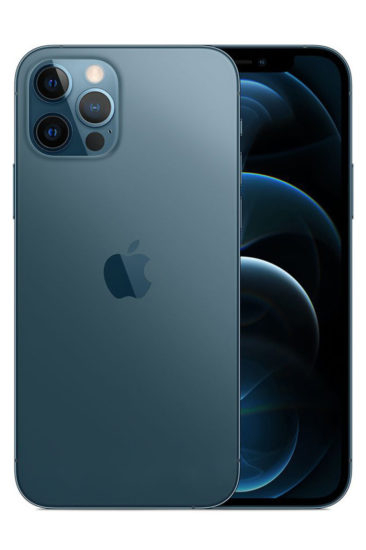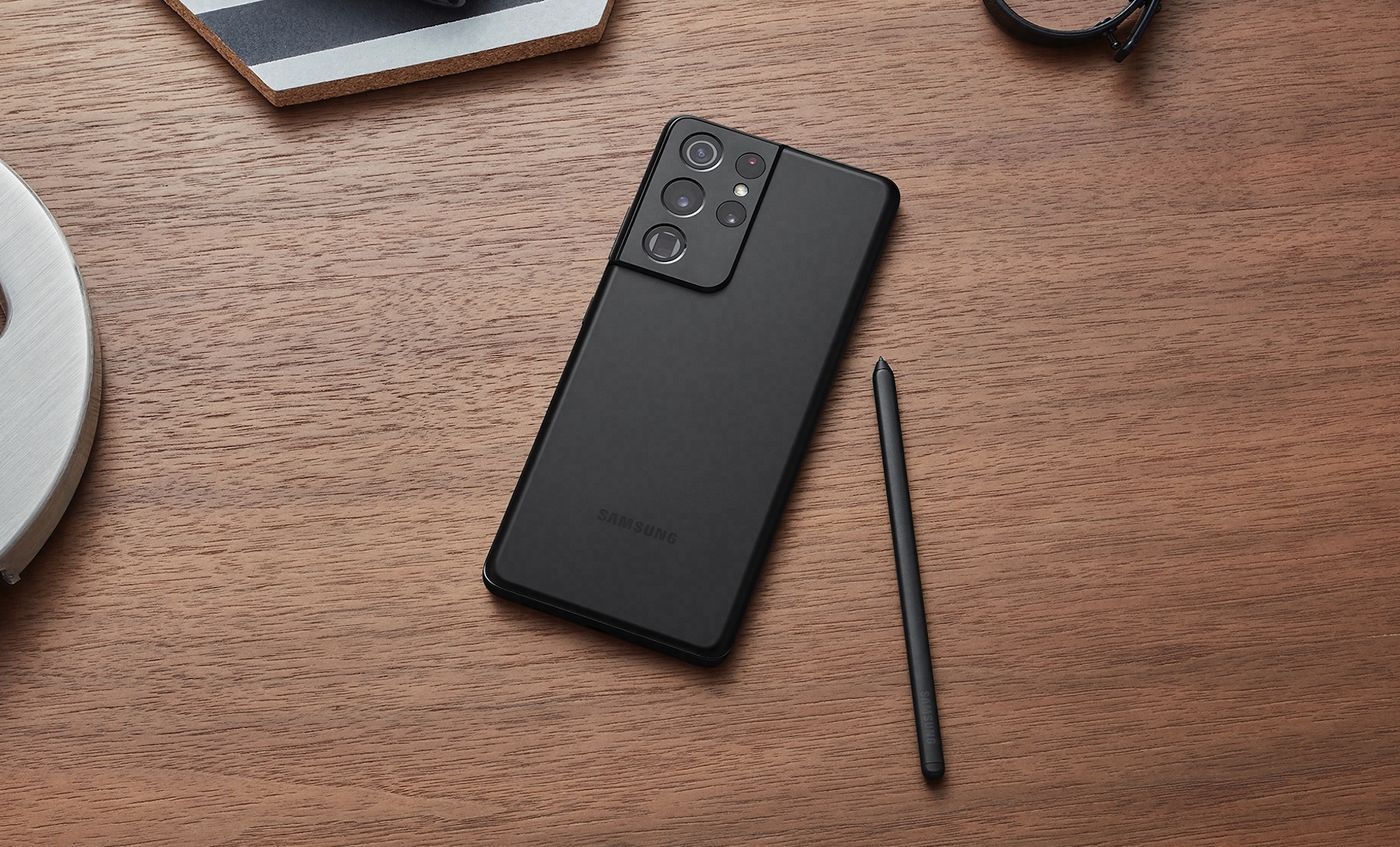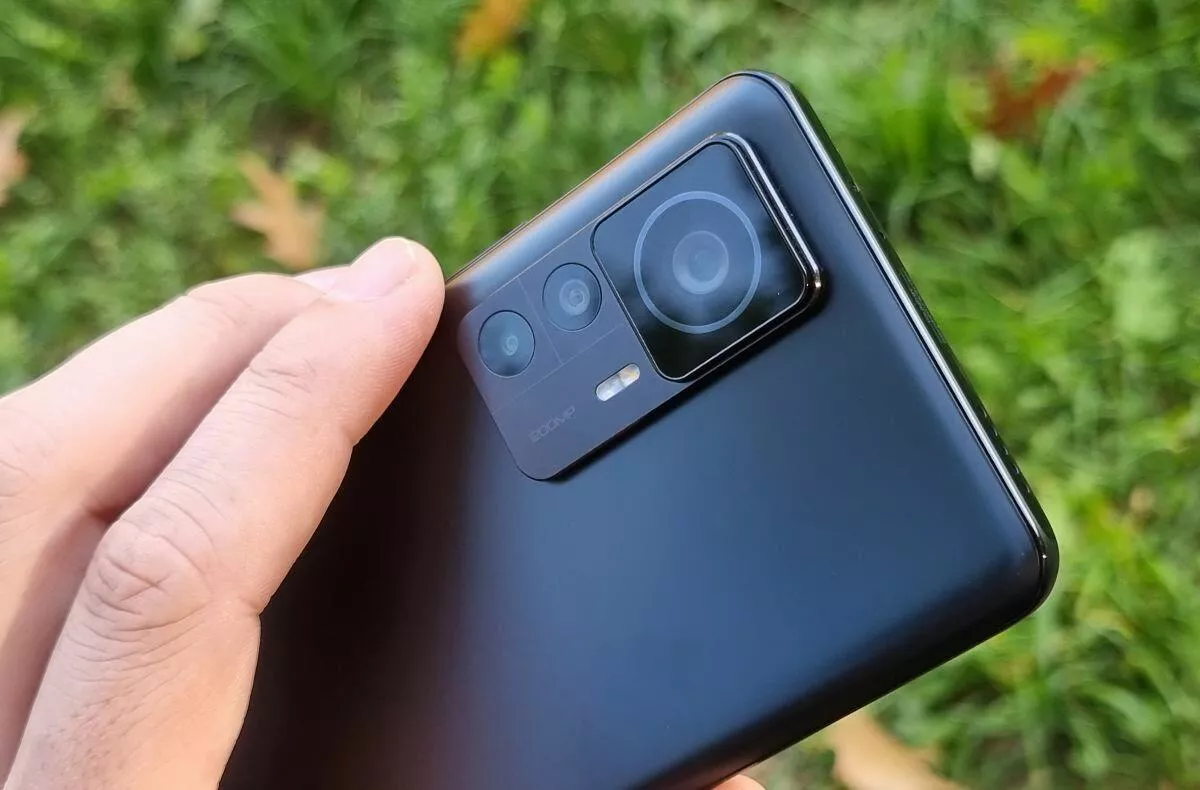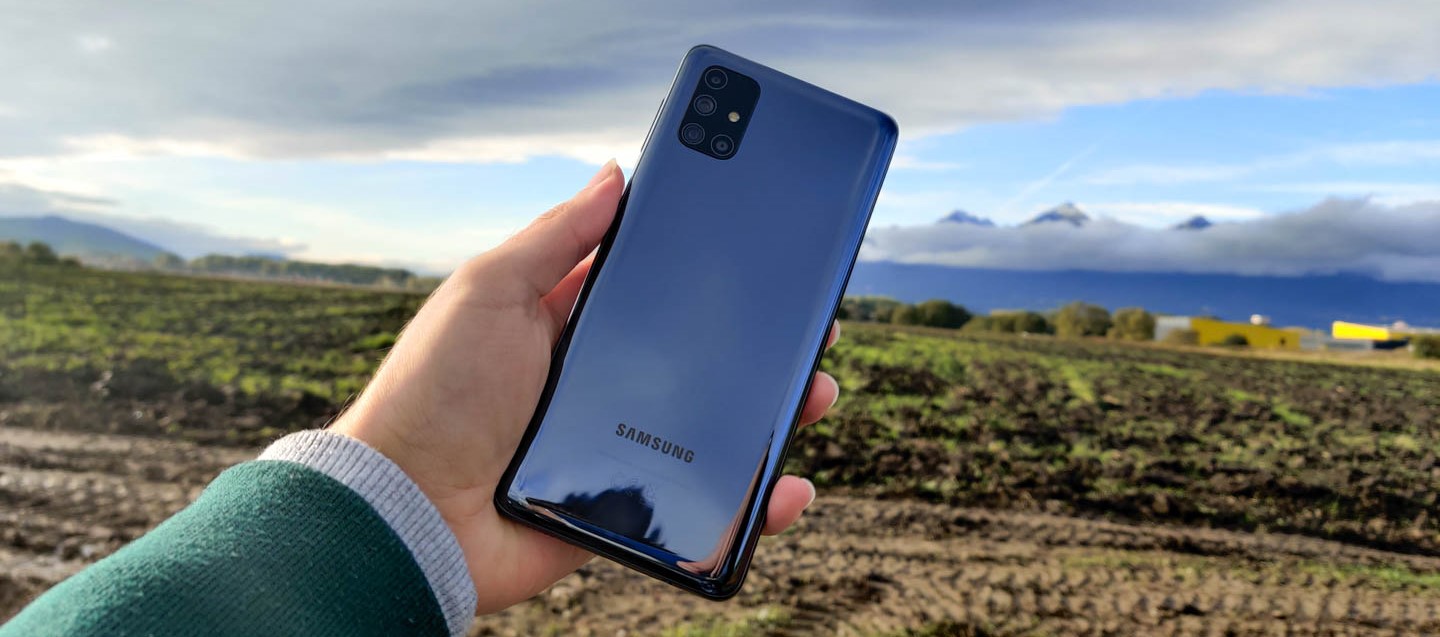Samsung Galaxy S21 Ultra vs. competition Comparison
New year, new range of Samsung Galaxy S. Today, however, we will only look at its best-equipped representative – the Samsung Galaxy S21 Ultra and compare it with the competition. This is represented a few weeks ago by Xiaomi Mi 11, Huawei Mate 40 Pro and Apple iPhone 12 Pro Max. It will be a purely “paper” comparison, as apart from the Huawei Mate 40 Pro, we have not yet reviewed other models.
Samsung Galaxy S21 Ultra 5G
Probably the biggest change this novelty has brought is the support of the S-Pen stylus, which you can recognize from the Galaxy Note series. However, you would look in vain for it in the body of the device or in the box – unfortunately you have to buy it separately. If you don’t want to lose it, you should also buy a case that is made especially for this stylus. If you want to use the full charging potential of the Samsung Galaxy S21 Ultra, don’t forget to buy a 25 W charger as well.
These are many additional accessories that you should purchase to take full advantage of the potential of this news. On the other hand, the Galaxy Note 20 series devices take this for granted. Samsung compensates at least by reducing the price of the Ultra model – it is 100 € lower compared to last year’s S20 Ultra. The S21 Ultra therefore starts at € 1,249 and can climb up to € 1,429. While at the lowest price tag you get the version with 12/128 GB, at the highest up to 16/512 GB.
In terms of equipment, the Samsung Galaxy S21 Ultra brings the best on the market so far. These certainly include the latest Exynos 2100, water resistance IP68, Gorilla Glass Victus protective glass and much more. The display has a diagonal of 6.8 ″, it is a Dynamic AMOLED 2X with QHD + resolution (1440 × 3200) and 120 Hz frequency.
The system consists of Android 11 with the new extension OneUI 3.1. The set of cameras is also interesting – you will find the main 108 MP sensor of the 2nd generation (last year was the first) with laser focus and OIS, 10 MP periscope telephoto lens with 10x optical zoom and OIS, 10 MP telephoto lens with 3x zoom and OIS and 12 MP ultra-wide angle lens. There is a 40 MP selfie lens with autofocus on the front.
It will also be pleased with support for the latest Wi-Fi standard – Wi-Fi 6e, stereo speakers, Bluetooth 5.2 and Samsung DeX wireless desktop mode. The phone is powered by a 5000 mAh battery with 25 W charging, it also supports 15 W wireless charging or 4.5 W reverse wireless charging.
Xiaomi Mi 11
A few weeks ago, Xiaomi unveiled its first flagship this year. The first is because we are still waiting for the Pro model, which should be released in a month or two. Both bring the latest Snapdragon 888, which is to compete with the aforementioned Exynos. By the way, Xiaomi also decided not to pack the charger in a box, similar to Samsung, but also Apple.

Xiaomi Mi 11 has 6.81 ″ AMOLED with QHD + resolution, 120 Hz frequency and Gorilla Glass Victus, but in addition it has support for up to 1 billion colors. I 11 lack IP68, ie water resistance, but you can have it in your skin if the glass back is nothing for you.
The system here is Android 11, also with the latest MIUI 12.5 extension. You can buy the Mi 11 in 8/128 GB, 8/256 GB or 12/256 GB versions. Apart from the main camera, the Mi 11 on the S21 Ultra doesn’t catch on. It has 108 MP and also has OIS and the others are: 13 MP ultra-wide and 5 MP macro. At the front there is a 20 MP selfie sensor.
Xiaomi Mi 11 also supports Wi-Fi 6, Bluetooth 5.2, has stereo speakers and also an infrared port. The battery has “only” 4600 mAh and you can charge it with a 55 W charger or with 50 W wireless charging, and the phone also supports 10 W reverse wireless charging.
The Huawei Mate 40 Pro impresses with its non-standard rear look, mainly due to its unconventional camera layout. It’s a very capable phone that most people don’t buy because it doesn’t have Google services.

Otherwise, it has a 6.76 ″ OLED display with QHD + resolution and 90 Hz refresh rate. It also offers IP68 water resistance and, like Xiaomi, it also has a leather version. Under the hood is the Kirin 9000 5G, which lags slightly behind the Snapdragon 888 and Exynos 2100. The phone has two memory versions: 8/256 GB or 8/512 GB. Its system is a bit older – Android 10 with EMUI 11. Also interesting is the ability to expand the internal memory using a card – NM card.
The biggest weapon is its cameras: the 50 MP sensor doesn’t sound like much, but it has large 1.22 µm pixels, laser focusing and OIS. You will also find a 12 MP periscope telephoto lens with 5x optical zoom and OIS, and finally a 20 MP ultra-wide angle lens. At the front is a 13 MP selfie sensor and a 3D ToF sensor for secure face unlocking.
The phone also has stereo speakers, support for Wi-Fi 6, Bluetooth 5.2 and an infrared port. The battery is weaker here – 4400 mAh and you can charge it with wired, up to 66 W charging, 50 W wireless charging and the phone also supports 5 W wireless reverse charging.
The latest and most expensive iPhone also has something to offer. Its powerful weapons are IP68 water resistance, stainless steel frame and much more. The phone offers a 6.7 ″ OLED panel with high resolution (1284 × 2778), but without a higher refresh rate. Its display is protected by ceramic glass, which is a bit of a strange name, but you wake up.

It is powered by the A14 Bionic processor, which according to Geekbench is more powerful than the Snapdragon 888, Exynos 2100 and Kirin 9000. The system consists of the latest iOS 14.2. Twelve is sold in 6/128 GB, 6/256 GB or 6/512 GB versions.
At the back you will find four sensors – a 12 MP main with special sensor stabilization, a 12 MP telephoto lens with 2.5x zoom, a 12 MP ultra-wide angle and a 3D ToF depth sensor. At the front there is a 12 MP selfie sensor and a 3D sensor for TouchID, ie unlocking with a face.
iPhone offers stereo speakers, Wi-Fi 6, and no charger. It has only a 3687 mAh battery, 20 W cable charging and 15 W wireless charging.
Samsung Galaxy S21 vs. competition: Parameters
| Model | Samsung Galaxy S21 Ultra | Xiaomi Mi 11 | Huawei Mate 40 Pro | iPhone 12 Pro Max |
| Dimensions and weight | 165,1 x 75,6 x 8,9 mm, 227 gramov | 164,3 x 74,6 x 8,1 mm, 196 gramov | 162,9 x 75,5 x 9,1 mm, 212 gramov | 160,8 x 78,1 x 7,4 mm, 228 gramov |
| Procesor a RAM | Exynos 2100 (5 nm), 12/16 GB | Qualcomm Snapdragon 888 (5 nm), 8/12 GB | Kirin 9000 5G (5 nm), 8 GB | Apple A14 Bionic (5 nm), 6 GB RAM |
| Display | 6,8 palcový Dynamic AMOLED 2X, 120Hz, QHD+ | 6.81 inch AMOLED, 1 billion colors, 120Hz, QHD + | 6.76 inch OLED, 90Hz, QHD + | 6.7 inches, Super Retina XDR OLED, 2688 x 1242 pixels |
| Battery | 5000 mAh, 25 W charging, 15 W wireless charging, 4.5 W reverse wireless charging | 4600 mAh, 55 W charging, 50 W wireless charging, 10 W reverse wireless charging | 4400 mAh, 66 2 charging, 50 W wireless charging, 5 W reverse wireless charging | 3687 mAh, 20 W charging, 15 W wireless charging |
| Cameras | 108 MP, f/1.8, 26mm, 1/1.33″, 0.8µm, PDAF, Laser AF, OIS
10 MP, f / 4.9, 240mm periscope telephoto lens, 1 / 3.24 ″, 1.22µm, dual pixel PDAF, OIS, 10x optical zoom 10 MP, f / 2.4, 70mm telephoto, 1 / 3.24 ″, 1.22µm, dual pixel PDAF, OIS, 3x optical zoom 12 MP, f/2.2, 13mm ultraširokouhlý, 1/2.55″, 1.4µm, dual pixel PDAF, Selfie: 40 MP, f/2.2, 26mm, 1/2.8″, 0.7µm, PDAF |
108 MP, f/1.9, 26mm, 1/1.33″, 0.8µm, PDAF, OIS
13 MP, f/2.4, 123˚ ultraširokouhlý, 1/3.06″, 1.12µm 5 MP, f/2.4, makro, 1/5.0″, 1.12µm Selfie: 20 MP, 27mm, 1/3.4″, 0.8µm |
50 MP, f/1.9, 23mm, 1/1.28″, 1.22µm, PDAF, Laser AF
12 MP, f / 3.4, 125mm periscope telephoto lens, PDAF, OIS, 5x optical zoom 20 MP, f/1.8, 18mm ultraširokouhlý, PDAF Selfie: 13 MP, f/2.4, 18mm ultraširokouhlý TOF 3D, biometric sensor |
12 MP, f/1.6, 26mm, 1/1.76″, 1.8µm, dual pixel PDAF, 12 MP, f / 2.0, 52mm telephoto, 1 / 3.4 ″, 1.0µm, PDAF, OIS, 2.5x optical zoom12 MP, f / 2.2, 13mm, ultra-wideTOF 3D LiDAR scanner, in-depthSelfie: 12 MP, f / 2.2, 23mm |
| Price | from € 1249 | It is not sold here | 1199 € | 1249 € |



